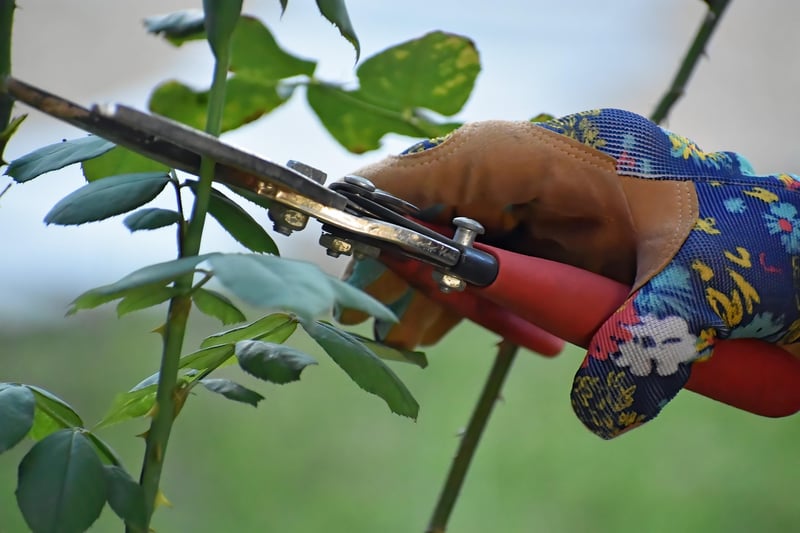Pruning Techniques
The Ultimate Guide to Care Essentials and Pruning Techniques for Your Plants
Introduction
Whether you're a seasoned gardener or just starting with your green thumb, understanding the care essentials and pruning techniques for your plants is crucial for their health and growth. In this comprehensive guide, we'll delve into the basics of plant care and explore the best practices for pruning various types of plants.
Care Essentials
Proper care is the foundation for healthy plants. Here are some essential tips to keep your plants thriving:
- Watering: Ensure your plants receive the right amount of water based on their specific needs. Overwatering or underwatering can harm your plants.
- Sunlight: Place your plants in locations where they can receive adequate sunlight or shade, depending on their requirements.
- Soil Quality: Use well-draining soil with the right nutrients for optimal plant growth.
- Fertilization: Feed your plants with appropriate fertilizers to promote healthy foliage and blooms.
- Pest Control: Monitor your plants for pests and diseases, and take necessary steps to control infestations.
Pruning Techniques
Pruning is a vital aspect of plant maintenance that helps shape growth, improve airflow, and promote flowering. Here are some pruning techniques to master:
- Deadheading: Remove spent flowers to encourage new blooms and prevent seed formation.
- Thinning: Remove excess growth to enhance airflow and prevent overcrowding.
- Heading Back: Cut back long stems to promote branching and denser growth.
- Crown Pruning: Trim the top of the plant to maintain its shape and size.
- Rejuvenation Pruning: Cut back overgrown or neglected plants to stimulate new growth.
Conclusion
By mastering care essentials and pruning techniques, you can ensure your plants not only survive but thrive. Remember to tailor your care practices to each plant's specific needs and regularly assess their health to make adjustments as needed. Happy gardening!


